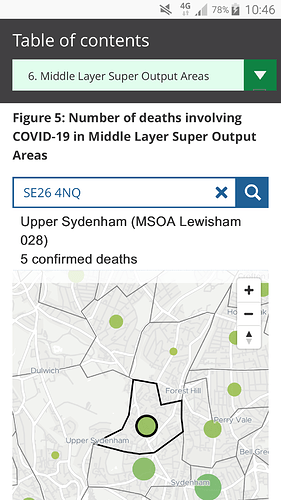The challenge (and a horrible one) for governments to navigate is that relaxing both too soon or too late has awful consequences, to take 2 extremes:
a) Next week we all go back to normal, 2nd spike of virus, perhaps worse than first, many deaths, further lockdown, big recession. A generation blighted
b) Have a long and successful lockdown lasting many months or more, no more deaths from COVID…but…major economic recession (much worse than 2008, perhps going towards 1929), many deaths downstream from various causes, including suicides etc. A generation blighted (where do bar workers, restaurant staff, small theatre actors go - the streets?)
I do have considerable sympathy for governments as by definition they are dealing with the future, and they can’t choose multiple paths. And expert models and predictions are well …models and predictions.
It is probably for another discussion chain as to what the optimum way out of lockdown (more accurately the least bad), though I do have some scepticism as how a “semi-lockdown” works in London. It will be harder and more contentious than the full lockdown I fear.
Part of the longer term solution I suspect will be around a combination of tracking via app (the Isle of Wight experiment, South Korea) so local outbreaks can be seen near real time married with greater testing availability.
Catch the R4 programme A Cure At What Cost (on last Sunday 8pm) on Sounds, which explores the minefield of the way forward.









